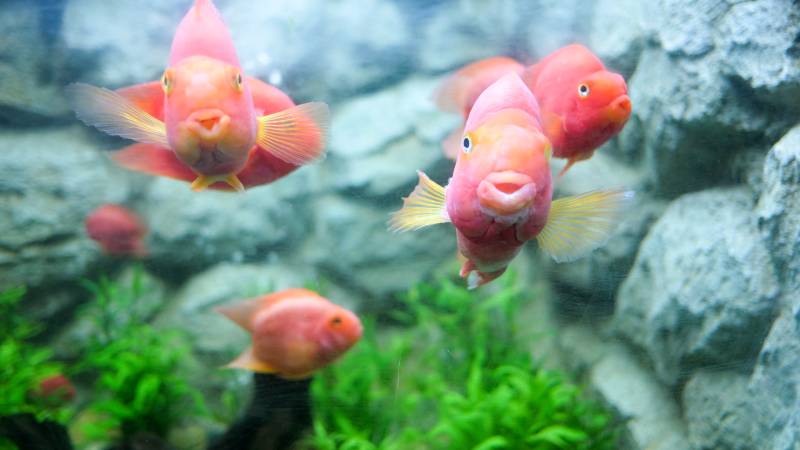News | Jun 21, 2021
New in Vitro Assay for Predicting Acute Toxicity to Fish

By Christopher Faßbender, PhD
PETA Science Consortium International e.V.
The Organisation for Economic Co-operation and Development (OECD) has published a new test guideline describing the fish cell line acute toxicity assay, which was adopted at the 33rd Meeting of the OECD Working Group of the National Coordinators of the Test Guidelines Programme in April 2021.
Several studies have demonstrated the excellent capacity of the assay to predict acute toxicity to fish for a broad range of chemicals when conducted according to OECD test guideline 203. Therefore, this assay has the potential to play an important role in replacing acute fish toxicity testing through its integration in a weight of evidence or integrated approach to testing and assessment (IATA) for acute fish toxicity assessment.
In the fish cell line acute toxicity assay, RTgill-W1 rainbow trout gill cells are exposed to test chemicals for 24 hours in 24-well plates. Different dyes are used to measure cell metabolic activity and the integrity of cell membranes and lysosomal membranes. From these measurements, concentrations causing 50% loss in cell viability (EC50 values) are derived. In addition, non-toxic concentrations and lowest observed or no observed effect concentrations (LOEC/NOEC) can be determined.
The adoption of the RTgill-W1 cytotoxicity test guideline is a significant milestone and a promising achievement for the 3Rs in ecotoxicology. For example, a project co-led by Austria and ICAPO to develop an IATA incorporating the fish cell line acute toxicity assay is currently ongoing. IATAs structure and guide the combination of existing information, computational tools, mechanistic information from the molecular and cellular levels, information from in vitro assays and species of lower trophic levels, and refinement methods such as using fish at embryonic life stages.
For more information, see the following references:
- Schirmer K, Fischer M, Simon E, Lillicrap A, Andersen S, Kunz P. Validation report to support the acceptance of the RTgill-W1 cell line assay as OECD test guideline. 2021, OECD.
- Fischer M, Belanger SE, Berckmans P, Bernhard MJ, Bláha L, Coman Schmid DE, Dyer SD, Haupt T, Hermens JLM, Hultman MT, Laue H, Lillicrap A, Mlnaříková M, Natsch A, Novák J, Sinnige TL, Tollefsen KE, von Niederhäusern V, Witters H, Županič A, Schirmer K. Repeatability and reproducibility of the RTgill-W1 cell line assay for predicting fish acute toxicity. Toxicol Sci, 2019;169(2): 353-364. doi: 10.1093/toxsci/kfz057
- Tanneberger K, Knöbel M, Busser FJ, Sinnige TL, Hermens JLM, Schirmer K. Predicting fish acute toxicity using a fish gill cell line-based toxicity assay. Environ Sci Technol, 2013;47: 1110-1119. doi: 10.1021/es303505z
- Natsch A, Laue H, Haupt T, von Niederhäusern V, Sanders G. Accurate prediction of acute fish toxicity of fragrance chemicals with the RTgill-W1 cell assay. Environ Toxicol Chem, 2018;7: 931-941. doi: 10.1002/etc.4027
